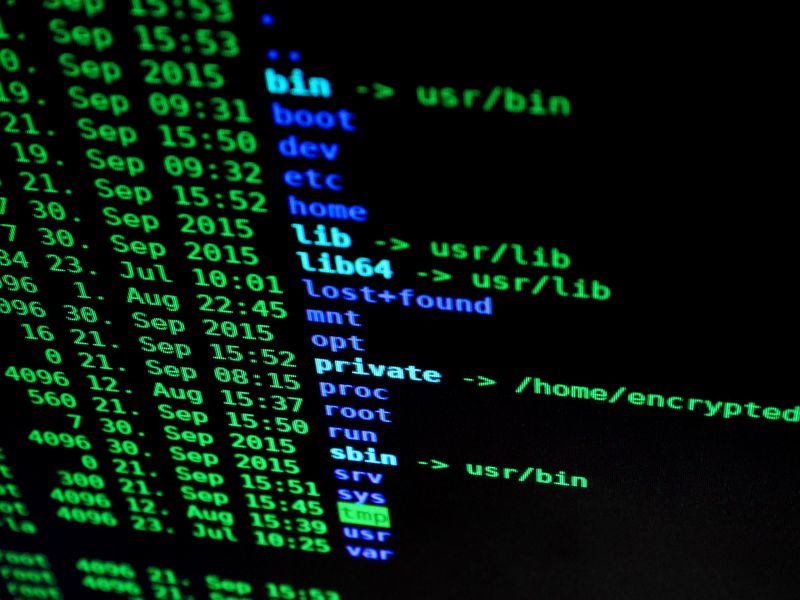New Project Analyzes and Catalogs Vendor Support for Secure PLC Coding
Introduction
A new project presented at SecurityWeek’s ICS Cybersecurity Conference aims to simplify the implementation of secure coding practices for programmable logic controller (PLC) programmers. The project, led by Fortiphyd Logic, focuses on analyzing and cataloging useful files and functions from each PLC vendor. By providing easy access to vendor-specific secure coding practices, the project aims to improve the overall security of PLCs.
The Need for Secure PLC Coding
PLCs are critical components of industrial control systems (ICS) that are used in various industries such as manufacturing, energy, and transportation. They control and automate processes, making them a prime target for cyber-attacks. Implementing secure coding practices is crucial to protect these systems from malicious actors who may exploit vulnerabilities to disrupt operations or cause physical harm.
Common Secure PLC Coding Practices
The project builds upon the “Top 20 Secure PLC Coding Practices,” which provide general guidelines for improving security in PLC programming. These practices include modularizing code, leaving operational logic directly in the PLC, using input plausibility checks, monitoring PLC uptime, restricting third-party data interfaces, and validating timers and input/output functions.
Vendor-Specific Secure Coding Practices
While some secure coding practices apply universally to all PLCs, there are vendor-specific practices that may vary in implementation. Identifying the relevant documentation for these practices can be challenging for programmers. The Fortiphyd Logic project aims to address this issue by providing information on vendor-specific practices in an easy-to-digest format.
The Information Provided
The project presents information in a table format, which includes the product name and model, whether the required functionality is supported, and the specific file or function that enables access to necessary data. For example, monitoring changes in a PLC’s operating mode is a crucial practice, but the method of implementation may differ for each vendor. The project provides details on how to obtain this information for different PLC vendors, such as using instructions like ‘GSV(ControllerDevice.Status)’ for Rockwell Automation PLCs and the ‘GET_DIAG’ function for Siemens PLCs.
Expanding Coverage
Currently, the project only covers PLCs from Schneider Electric, Siemens, and Rockwell Automation. However, the goal is to include information for all PLC vendors, and anyone can contribute to the project. This collaborative approach ensures that the project remains up-to-date and comprehensive.
Importance of Secure PLC Coding Practices
The project highlights the importance of secure coding practices for PLCs and the need for clear documentation and guidelines from vendors. As PLCs become increasingly interconnected within industrial networks and connected to the internet, it is crucial to implement strong security measures to protect these systems from cyber threats.
Cataloging for Easier Implementation
By analyzing and cataloging vendor-specific secure coding practices, the project simplifies the implementation process for PLC programmers. With easy access to relevant documentation, programmers can effectively address security vulnerabilities specific to each vendor’s products. This will ultimately lead to stronger overall security in PLC systems.
Securing Critical Infrastructures
Securing PLCs is of utmost importance, as the compromise of these systems can have severe consequences, including operational disruptions, financial losses, and potential harm to human life. By adopting secure coding practices, organizations can mitigate risks, harden their defenses, and enhance the resilience of their critical infrastructure.
Editorial: Collaboration and Transparency in Cybersecurity
The collaborative nature of the Fortiphyd Logic project is commendable. It allows for knowledge sharing, cross-vendor best practices, and continuous improvement. Cybersecurity is a shared responsibility, and open collaboration encourages the exchange of ideas and insights to strengthen defenses against evolving threats.
Transparency from Vendors
While initiatives like the Fortiphyd Logic project are crucial for improving secure coding practices, it also highlights the need for greater transparency from PLC vendors. Vendors should proactively provide secure coding guidelines, comprehensive documentation, and standardized practices to ensure that programmers have the necessary tools to protect their PLC systems adequately.
Industry-Wide Adoption
The success of projects like this depends on industry-wide adoption and support. It is essential for organizations, regulatory bodies, and industry associations to encourage and promote the use of secure coding practices. Furthermore, regular updates and revisions to coding guidelines should be implemented to keep up with the evolving threat landscape.
Conclusion: Protecting PLCs in a Digital Age
As industrial control systems become increasingly connected and digitized, the security of PLCs must be prioritized. The Fortiphyd Logic project’s goal of cataloging and analyzing vendor-specific secure coding practices is a significant step towards improving overall PLC security. However, it is crucial for vendors, programmers, and industry stakeholders to work together, share knowledge, and continuously enhance security measures to protect critical infrastructures from cyber threats. By adopting secure coding practices and making cybersecurity a top priority, organizations can build robust defenses and safeguard their PLC systems against emerging threats.

<< photo by ThisIsEngineering >>
The image is for illustrative purposes only and does not depict the actual situation.
You might want to read !
- Addressing the Threat: Highlights from SecurityWeek’s 2023 ICS Cybersecurity Conference
- The Cybersecurity Resilience Quotient: Evaluating the Effectiveness of Security Measures
- City of Philadelphia Email Hack Exposes Massive Data Breach, Putting Personal Information at Risk
- Unveiling the “Etherhiding” Technique: Uncovering Malicious Code in WordPress Sites
- ForAllSecure’s Dynamic Software Bill of Materials: Revolutionizing Application Security
- A Closer Look: Uncovering Two Critical Flaws in Curl Library’s Security Patch
- How to Safely Identify and Address Vulnerable Versions of Curl
- Empowering Developers: The Key Role of Security Teams in Shifting Left




